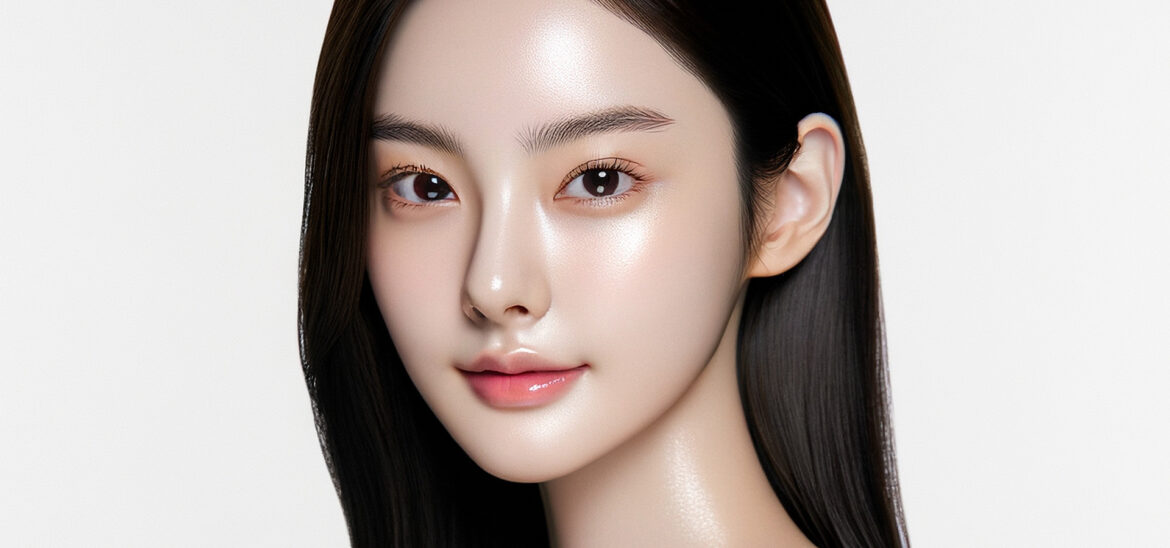In the Vietnamese Skin Care market, target customers are divided into several groups based on age, gender, income, and consumption habits. Women are the largest customer group in the skincare market, especially those aged 18-45. They primarily use products like moisturizers, anti-aging creams, and serums. In particular, women over 30 tend to focus on anti-aging products and skin-repairing treatments, as they become more concerned about signs of aging like wrinkles and sagging skin (Euromonitor).
Men in Vietnam are also increasingly paying attention to skincare. The male segment, especially those aged 25-40, is particularly interested in sunscreens and basic skincare products like moisturizers due to modern lifestyle pressures and environmental pollution (IMARC)(StrategyH).
The teen segment, aged 15-24, focuses on products that help them treat acne, brighten skin, and maintain a youthful appearance, largely influenced by social media and beauty trends. Meanwhile, the middle-aged group, aged 45 and above, prioritizes anti-aging products, moisturizers, and skin-repair treatments. They prefer products with natural ingredients, free of chemicals, and non-irritating to the skin (Euromonitor).
The main demand in Vietnam’s Skin Care market is for anti-aging and skin protection against UV damage. This is especially important for customers aged 25-40, as they begin to notice early signs of aging. Products like anti-aging creams, eye creams, and serums with antioxidants such as vitamin C are highly favored (IMARC)(StrategyH). Additionally, moisturizing and repairing damaged skin is a growing demand as consumers often face dry skin caused by environmental factors and lifestyle habits (Euromonitor).
Factors influencing purchases in the Vietnamese Skin Care market are heavily based on natural ingredients and brand reputation. Consumers, particularly women and middle-aged individuals, are increasingly drawn to products containing natural ingredients like aloe vera, rose oil, and green tea. They tend to avoid products with harmful chemicals like parabens and sulfates (StrategyH). Moreover, reasonable pricing is an essential factor, especially for the middle class. High-quality products at affordable prices are always prioritized. Trusted brands such as L’Oréal, Estée Lauder, and Shiseido maintain their dominance, but local brands like Thorakao and Sao Thái Dương are gaining consumer trust (IMARC).
Regarding consumption habits, Vietnamese consumers regularly use basic skincare products such as sunscreen, moisturizers, and cleansers. Products like serums, masks, and intensive skincare creams are used weekly to address skin issues such as acne, pigmentation, and aging (Euromonitor)(StrategyH). Online shopping channels and specialized cosmetic stores are growing rapidly due to the convenience and accessibility provided by e-commerce platforms.
In general, consumer behavior in the Skin Care market in Vietnam is shifting toward prioritizing natural, anti-aging, and specialized skincare products. Understanding the key factors influencing purchases will help businesses seize strong growth opportunities in this market.
Tác giả Hồ Đức Duy. © Sao chép luôn giữ tác quyền





